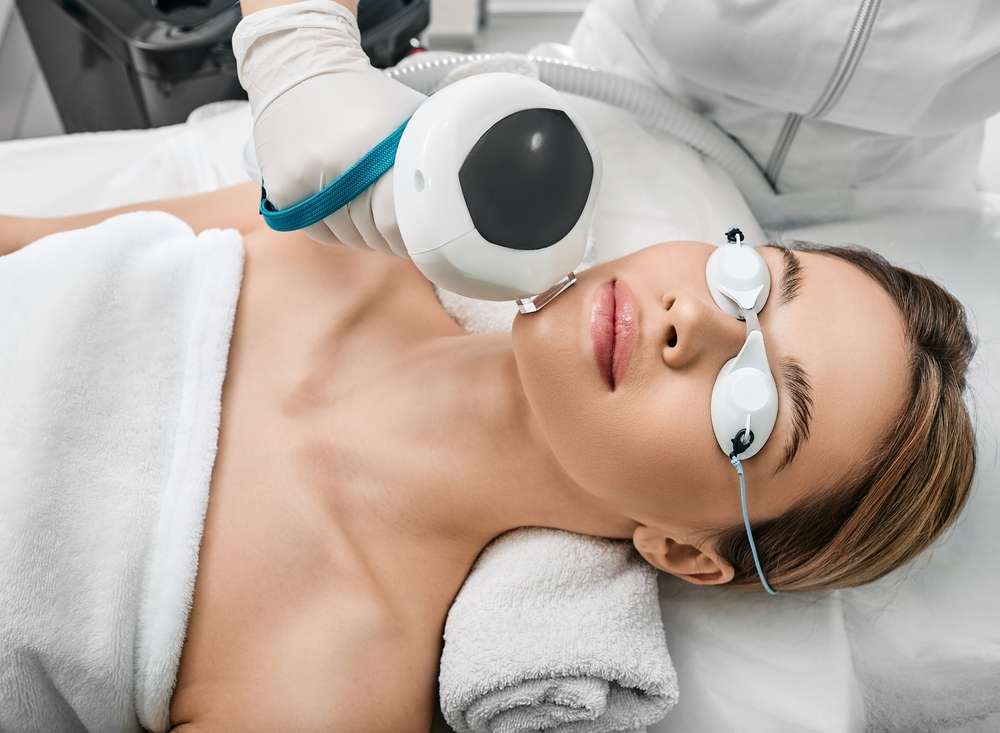Erasing Ink: A Comprehensive Tattoo Removal Guide
Embarking on tattoo removal? Discover the science behind erasing ink, from cutting-edge laser technology to essential skin care practices. This guide illuminates the journey from consultation to recovery, empowering you to make informed decisions about removing unwanted tattoos safely and effectively.

The Science of Undoing Art: Understanding Tattoo Removal
Ink Dissolution: The Breakdown Process
Tattoos are more than skin deep. The ink particles reside in the dermis, beneath the epidermis, where they face a constant battle with your immune system. This natural removal process is slow, which is why tattoos are permanent. Enter laser removal: a technology that accelerates this process by targeting ink particles with precise wavelengths of light. The laser energy shatters these particles into smaller fragments, making them easier for your body to eliminate.
The effectiveness of this process varies widely depending on several factors:
- Age of the tattoo
- Ink colors and density
- Depth of ink placement
- Skin tone and type
Older, faded tattoos often respond more quickly to treatment than fresh, vibrant ones. This is because the body has already begun breaking down the ink over time.
Skin’s Journey: Healing and Recovery
Laser tattoo removal is not a one-and-done process. It involves multiple treatments that temporarily disrupt both the epidermis and dermis. After each session, you can expect:
- Redness and swelling
- Possible blistering or scabbing
- A healing period of several days to weeks
The intensity of these effects depends on the treatment parameters and your individual healing capacity. It’s crucial to note that skin tone plays a significant role in treatment approach. Darker skin requires careful calibration of laser settings to minimize the risk of pigmentation changes.
Proper aftercare is paramount for optimal healing and results:
- Keep the treated area clean and dry
- Protect it from sun exposure
- Apply recommended moisturizers
Allow several weeks between sessions for full recovery. This patience pays off in reduced complication risks and better overall outcomes.
Beyond the Beam: Alternative Removal Methods
While laser technology dominates the field, other tattoo removal options exist:
-
Surgical Excision: Suitable for small tattoos, this method involves cutting out the tattooed skin and stitching the wound. It’s quick but leaves a scar.
-
Dermabrasion: This technique ‘sands’ away layers of skin. It can be painful and carries higher risks of scarring and uneven skin tone.
-
Chemical Peels and Topical Creams: Generally less effective for professional tattoos, these methods may help fade amateur or superficial tattoos.
Each method has its pros and cons. Consulting with a qualified professional is essential to determine the best approach for your specific case.
Laser Technology: The Core of Modern Removal
The workhorse of tattoo removal is the Q-switched or picosecond laser. These devices emit extremely short, high-energy pulses of light. Here’s how they work:
- Different wavelengths target specific ink colors
- Black ink is the most responsive, absorbing most wavelengths
- Blues and greens require different laser frequencies
The treatment process is gradual, with each session progressively lightening the tattoo. Practitioners adjust laser parameters based on:
- Your skin type
- Tattoo characteristics
- Treatment progress
This customization maximizes effectiveness while minimizing damage to surrounding tissue.
Choosing Your Removal Partner: Clinic Selection
The success of your tattoo removal journey heavily depends on the clinic you choose. Here’s what to look for:
- Experience in tattoo removal
- Proper medical oversight
- Transparency about expected results and risks
- Comprehensive skin consultation
- Clear explanation of the treatment plan
- Demonstration of laser technology
- Before-and-after photos of similar cases
- Detailed aftercare instructions
- Open communication about potential side effects
A reputable clinic will prioritize your safety and satisfaction throughout the process.
Conclusion: The Art of Undoing Art
Tattoo removal is a fascinating intersection of technology, biology, and clinical expertise. While it can significantly fade or remove many tattoos, outcomes vary based on numerous factors. Set realistic expectations by:
- Consulting experienced professionals
- Understanding the time commitment
- Following aftercare instructions diligently
Remember, patience and proper care are key to achieving the best possible results in your journey to clear skin.
Disclaimer: This article is for informational purposes only. Always consult a qualified healthcare professional for personalized medical advice and treatment options.






